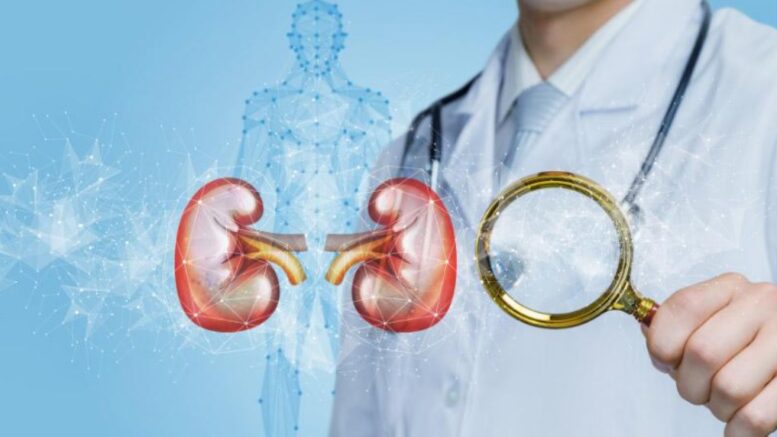Dialysis can replace most of the functions of the kidneys, but it cannot replace specific functions like hormone production because the kidneys are complex organs. It’s crucial to keep in mind that dialysis requires dietary adjustments, a healthy lifestyle, and regulated fluid intake, all of which must be coordinated with your medical team.
Dialysis mimics the kidneys’ natural filtration process, removing urea, creatinine, and other waste products from the blood. This prevents the buildup of toxins that can be life-threatening if left untreated. However, dialysis serves as a bridge to transplantation or a viable long-term option for those who may not be transplant candidates.
Need for Dialysis
An essential part of treating advanced chronic kidney disease (CKD) or end-stage renal disease (ESRD) is dialysis. Dialysis becomes an essential and life-saving procedure when the kidneys can no longer adequately filter waste materials and extra fluid from the blood.
Toxin Removal
The kidneys are accountable for filtering waste products, toxins, and excess fluids from the bloodstream. In ESRD, the kidneys’ function is severely compromised, leading to a buildup of harmful substances in the body.
Fluid and Electrolyte Balance
Dialysis helps manage fluid levels by removing excess fluid and maintaining appropriate electrolyte concentrations, preventing complications such as edema, hypertension, and electrolyte imbalances.
Acid-Base Balance
The kidneys help maintain the body’s acid-base balance. In renal failure, there can be an accumulation of acids in the blood, leading to acidosis. Dialysis helps correct acid-base imbalances by removing acidic waste products from the body.
Types of Dialysis
If you are thinking about what is dialysis, types of dialysis then here is a discussion about the two primary kinds of dialysis;
Haemodialysis (HD)
Hemodialysis (HD) is a procedure for individuals with End-Stage Renal Disease (ESRD) to remove waste products and excess fluids from the blood. During HD, the patient’s blood is circulated outside the body through a dialysis machine equipped with a dialyzer. The dialyzer acts as an artificial kidney, filtering toxins and fluids. HD sessions, conducted in specialized dialysis centers, usually last a few hours and are performed several times a week to maintain overall health and manage kidney failure.
Peritoneal Dialysis (PD)
Peritoneal Dialysis (PD) is a renal replacement therapy for End-Stage Renal Disease (ESRD) that takes place within the patient’s abdomen. A catheter is surgically implanted to introduce a dialysis solution into the peritoneal cavity. The solution, containing dextrose or glucose, absorbs waste products and excess fluids from the blood vessels in the peritoneum.
This process, either performed manually multiple times a day (Continuous Ambulatory Peritoneal Dialysis or CAPD) or with a machine during the night (Automated Peritoneal Dialysis or APD), provides flexibility as PD can be done at home, offering increased autonomy to patients.
Continuous Ambulatory Peritoneal Dialysis (CAPD)
CAPD is a manual form of peritoneal dialysis that doesn’t require a machine. Patients perform exchanges throughout the day, manually introducing and draining the dialysis solution at regular intervals. CAPD offers flexibility, allowing patients to engage in daily activities without being tethered to a machine, making it a popular choice for those seeking greater independence in managing their treatment.
Automated Peritoneal Dialysis (APD)
APD, on the other hand, involves the use of a machine, known as a cycler, to perform the dialysis exchanges automatically. Typically done at night while the patient sleeps, APD connects to the peritoneal catheter and cycles through the exchange process, including draining used fluid and refilling with fresh dialysis solution. APD provides a more automated and convenient option, allowing patients to have a more continuous and controlled dialysis process while they sleep, promoting a better quality of life.
Sum Up
Dialysis helps regulate fluid balance by removing excess fluids accumulated in the body, preventing complications like fluid overload, edema, and congestive heart failure. By controlling fluid levels and electrolyte concentrations, dialysis assists in managing blood pressure, reducing the risk of complications associated with hypertension. Dialysis alleviates symptoms associated with renal failure, such as fatigue, nausea, and shortness of breath. It aims to enhance the overall quality of life for individuals with ESRD.
